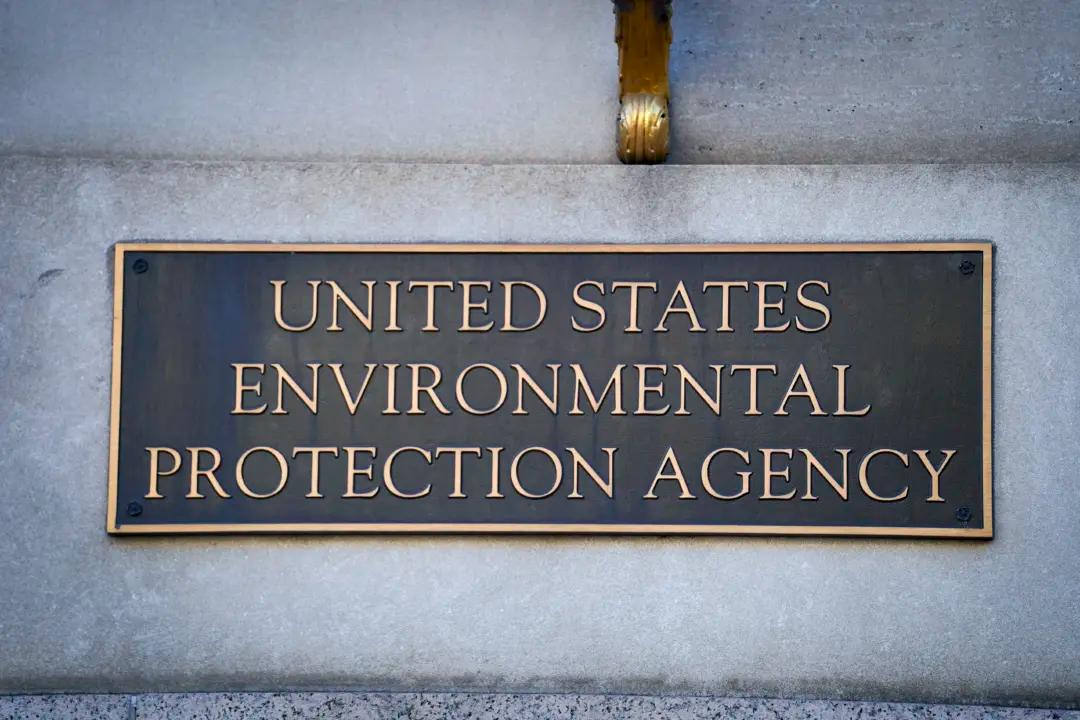The Environmental Protection Agency (EPA) has proposed five chemical substances for risk evaluation and possible designation as high priority under the nation’s chemical safety law, including vinyl chloride, a toxic substance spilled in a train derailment in East Palestine, Ohio, in 2023.
Besides vinyl chloride, which has been linked to liver, brain, and lung cancer, the EPA chose to review acetaldehyde, acrylonitrile, benzenamine, and MBOCA from a longer list of chemicals previously identified for additional assessment. All are used to manufacture and process plastics, resins, and other chemicals, according to a July 24 statement.





